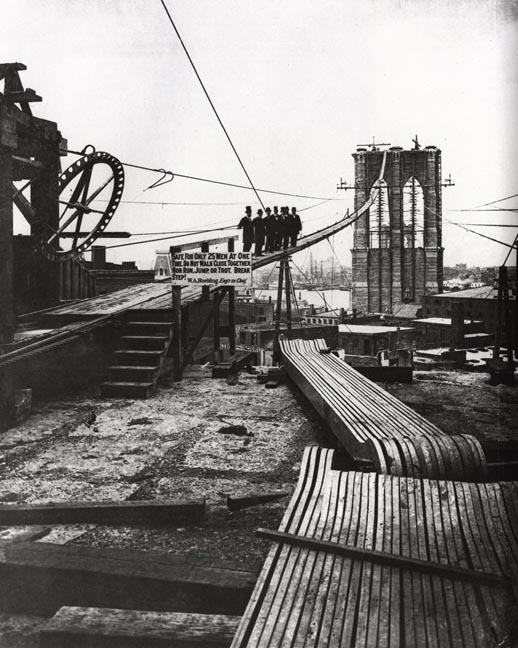Technology can render things faster and cheaper but also, sometimes, out of control. Embedded in our trajectory of a safer and more bountiful world are dangers enabled by the very mechanisms of progress. In “A Fault in Our Design,” a typically smart and thoughtful Aeon essay, Colin Dickey meditates on nautical advances which allowed the Charles Mallory to deliver devastating disease in 1853 to a formerly far-flung Hawaii and considers it a cautionary tale for how modern wonders may be hazardous to our health. An excerpt:
It’s hard not to feel as though history is progressing forward, along a linear trajectory of increased safety and relative happiness.
Even a quick round-up of the technological advances of the past few decades suggests that we’re steadily moving forward along an axis of progress in which old concerns are eliminated one by one. Even once-feared natural disasters are now gradually being tamed by humanity: promising developments in the field of early warning tsunami detection systems might soon be able to prevent the massive loss of life caused by the 2004 Indian Ocean Tsunami and similar such catastrophes.
Technology has rendered much of the natural world, to borrow a term from Edmund Burke and Immanuel Kant, sublime. For Kant, nature becomes sublime once it becomes ‘a power that has no dominion over us’; a scene of natural terror that, viewed safely, becomes an enjoyable, almost transcendental experience. The sublime arises from our awareness that we ourselves are independent from nature and have ‘a superiority over nature’. The sublime is the dangerous thing made safe, a reaffirmation of the power of humanity and its ability to engineer its own security. And so with each new generation of technological innovation, we edge closer and closer towards an age of sublimity.
What’s less obvious in all this are the hidden, often surprising risks. As the story of the Charles Mallory attests, sometimes hidden in the latest technological achievement are unexpected dangers. Hawaii had been inoculated from smallpox for centuries, simply by virtue of the islands’ distance from any other inhabitable land. Nearly 2,400 miles from San Francisco, Hawaii is far enough away from the rest of civilisation that any ships that headed towards its islands with smallpox on board wouldn’t get there before the disease had burned itself out. But the Charles Mallory was fast enough that it had made the trip before it could rid itself of its deadly cargo, and it delivered unto the remote island chain a killer never before known.
Which is to say, the same technologies that are making our lives easier are also bringing new, often unexpected problems.•
Tags: Colin Dickey

